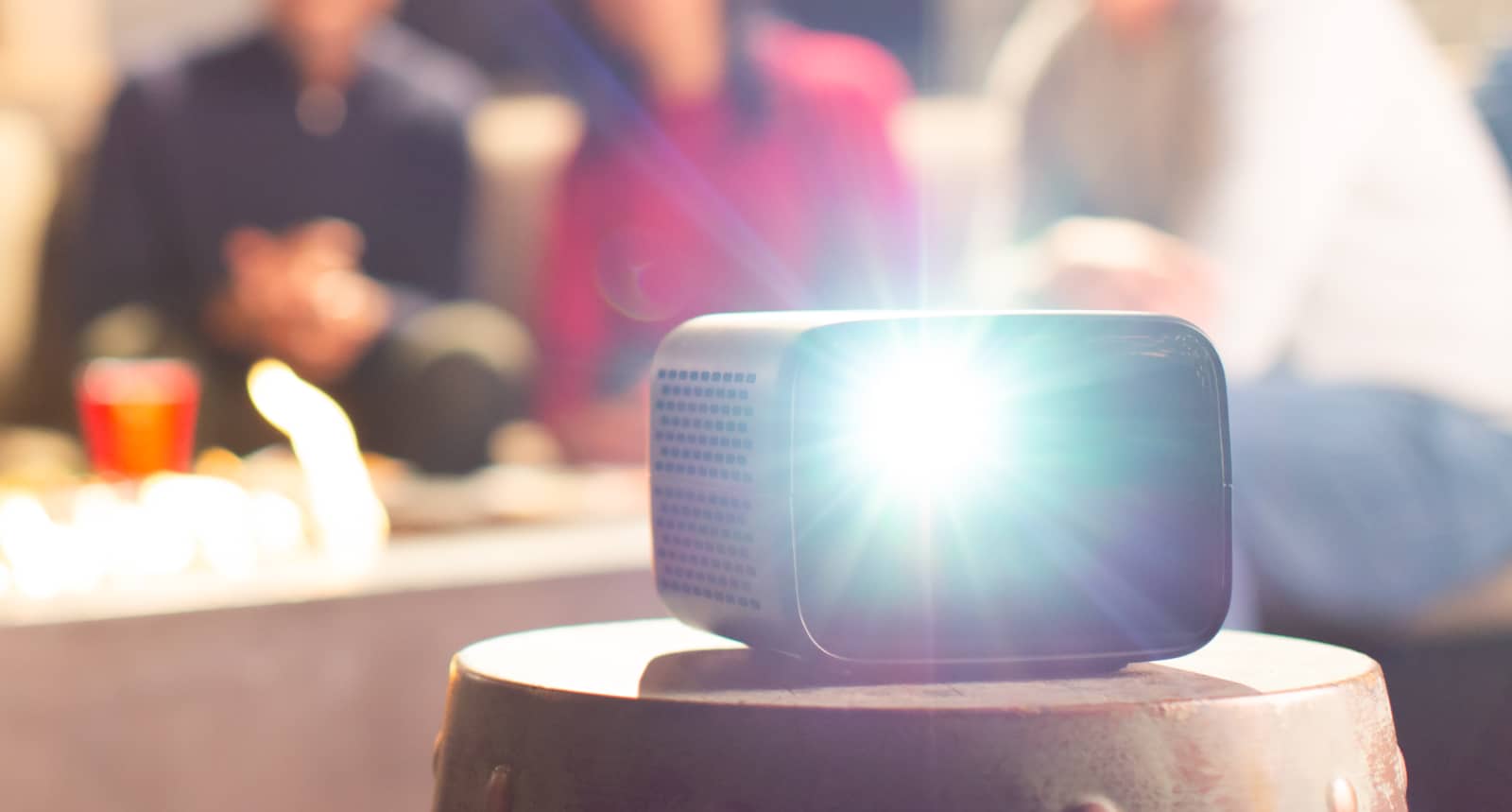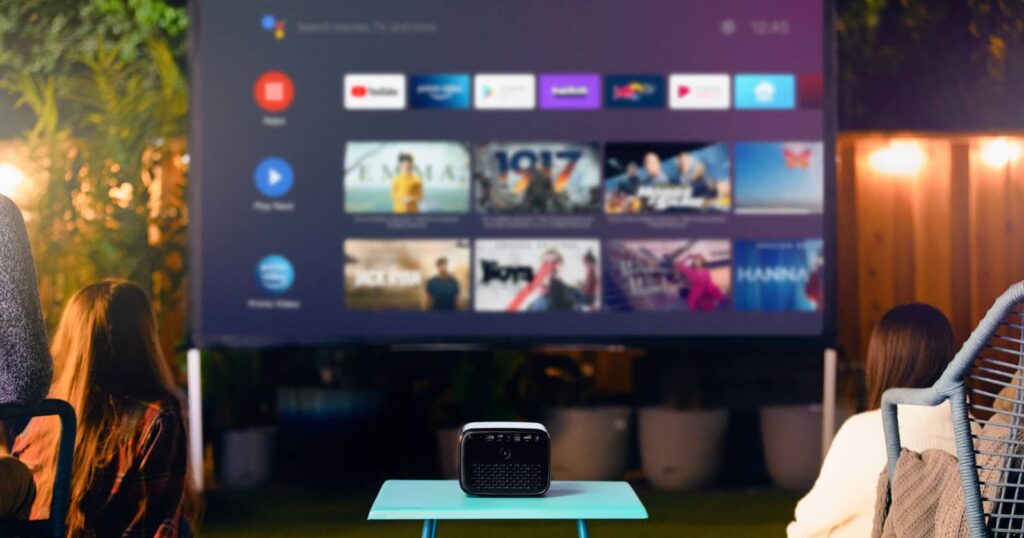Creating a cinema experience at home doesn’t just go to the folks with big TVs, because projectors can do that, too. And with a recent model from Philips, the idea is to bundle in as much as possible in a small package.
Building your own cinema at home often requires a big projector, sound system, and something to feed it, not to mention a room, a wall, and maybe a screen, but many of us don’t quite have all that spare. With most of us relying on the living room for the TV, factoring in all that extra stuff for a project can just blow out the cost of making a home cinema all too easily.
But there are ways to build a cinema on the cheap, and the falling cost of projectors is one way.
We’ve seen laser projectors over the years keep the res down but the quality up, while another approach is to make the projector properly portable, equipping a battery and allowing you to take the projector anywhere, meaning outside or any room you want.
A properly portable projector is more of a mobile projector, and while it won’t likely connect to the internet without some working WiFi connection (your router or a mobile hotspot), they are mobile in that they can work without the plug port, and may even come with an operating system, able to access Netflix, Disney+, and so on.
The latest from Philips appears to be just that, with the PicoPix Max TV a 1080p Full HD projector packing the technology into a small size, bringing along a 2.1 speaker system and a battery capable of hitting as much as four hours watching video, and even using Android TV to let you jump onto your films and TV shows.
The idea basically means you could bring a sheet out to your next camping trip, set up your phone as a mobile hotspot, and stream a movie directly from the Philips PicoPix Max TV in the middle of nowhere, provided your internet was at least tolerable.
Closer to home, it means you could bring the mobile projector out to the backyard, connect it to your WiFi, and stream until the battery runs down.
Up to 120 inches in size is supported, and Philips has also left an HDMI port on the device, so you can plug in another source if you want. There’s also both a 3.5mm headset jack and an optical audio port if you want to expand the PicoPix Max TV by plugging it into a proper sound source — something like the Sonos Ray could make sense given its inclusion of the optical port — while an extra inclusion of Bluetooth can turn the projector into a speaker for a phone, even without turning on the projector.
Pricing for the Philips PicoPix Max TV will see it priced against typical projectors that stay in the home, with its Australia price set to $1499 locally, and available now.








